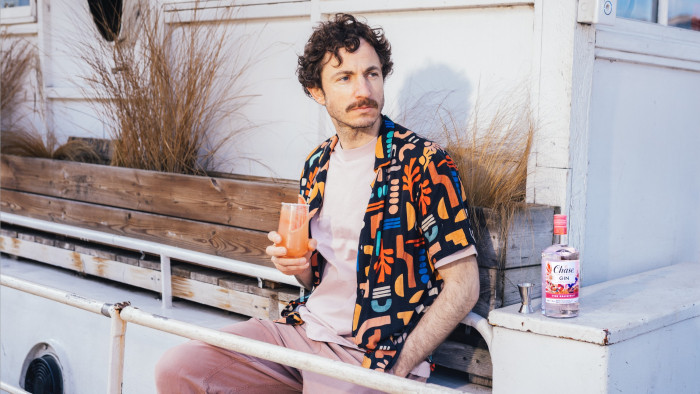With World Championship, European and Commonwealth gold medals already around his neck, Tom Daley has comfortably justified his ‘boy wonder’ tag. However, having recently turned 18, the diver is now looking to mark his ascent into adulthood by winning gold at this summer’s Olympic Games – most likely with the help of a high-risk, 60mph, four-and-a-half somersault packed manoeuvre called the Big Front…
How are you practicing the Big Front manoeuvre?
I try to do it much as I can, because it’s a dive that can go badly wrong if you’re unsure of any part of it. It can make or break a competition too, so the more I try it the more consistent I’ll be.
When you hit the water in training, without the roar of the crowds, can you tell if you did a good dive?
You know if you did a good dive as soon as you hit the water. Also, it hurts if you don’t.
So do you still get scared from the top board?
Yeah, I still get butterflies when I’m on the 10m. But it’s good to be scared so you have that adrenaline rush. I used to train on a board that was known as the highest 10m in the world, because the roof was so low, the pool so small, and the board was so tiny, that it made it look higher than it actually was.
What part of your body suffers most in training?
My triceps. Even on a perfect dive it can be painful. I tore it in 2010 and I’ve now got a massive lump because of it. It’s a high-impact event and it also affects my shoulders and wrists.
What’s the quickest way to get a washboard stomach?
For that sort of body toning the thing to do is a set of pike-ups on wall bars, where you hang up by your arms and lift your legs up as high as you can, keeping them straight in front of you. You can also work on the pike movement on a trampoline.
Do you do a lot of your training using the trampoline?
About 60 per cent of my training is on dry land, so we do a lot of trampoline work with general jumps, gymnastics and harness work. You need to spend as much time out of the water to get your body ready and muscularity in top shape. Hitting the water at over 30mph is powerful; if you haven’t got a good core then you can break your back. Lots of people have done that before. You have to make sure you’re strong enough to hold the force.
You’ve claimed that in 2007, you developed lost move syndrome. What was that like?
Hard. I went wrong on one of my dives, landing completely flat, and I lost all of my confidence. I almost forgot how to do it all. I’d stand on the end of the board, thinking about things too much and couldn’t take off. I had to get back to basics and start again.
Did you worry that you’d never return to your best?
It was always in the back of my mind. Luckily, my coach talked me through it and took me right back to basics. There was also a British Diving psychologist who calmed my mind and stopped me from thinking too much.
What’s the key to staying at the top?
It has been said that 10,000 hours’ training is what you need to have put in to be the best at anything, and I’ve always abided by that rule. Admittedly, that’s a lot of hard work, but you’ve just got to stick at it and put the shifts in if you want to be the best at your chosen discipline.
What’s the most extreme training method you’ve used?
We put the harness – the one that you’d normally only use on a trampoline – into the pool, and my coach will then pull me up on my somersaults, assisting a little before finally letting go when I hit the water. That’s extreme.
How do you unwind when you’re not training?
At the moment I’m playing Temple Run on my phone a lot. I’ve scored more than 16,000,000 points so far. I’m pretty pleased with that…
My Story by Tom Daley, published by Michael Joseph, £16.99 is out now
(Image: PA)
Latest


Ten things you need to know about Hyrox


Is clubbing actually good for you? We asked an expert


Horticulturist shares tips on how to urban garden
Related Reviews and Shortlists


Best gifts for runners that they'll actually want and use






